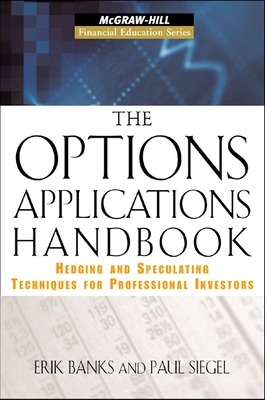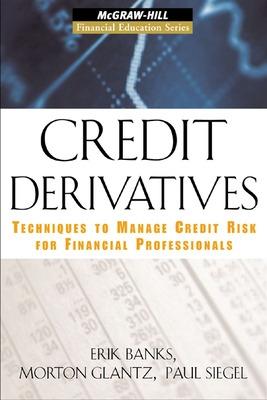McGraw-Hill Financial Education
2 total works
The Options Applications Handbook offers a lucid, down-to-earth introduction to the fundamentals of options, explaining how options can be used for various purposes, such as options on exchange rates, interest rates, stocks, futures, and fixed-income securities.
With the help of this on-target guide, readers will be able to understand basic option types...use standard market terminology...grasp the costs, benefits, and risks of basic option positions...identify key factors that affect the price of an option...and see how pricing models have been modified for specialized options. The Options Applications Handbook covers in detail:
Conventional Options_focuses on the mechanics of call and put options, basic option payoff profiles, and the creation of synthetic options/assetsExotic Options_explores second generation option contracts, such as path dependent options and path independent derivatives, that build on the basic structure of conventional optionsOption-Embedded Securities_demonstrates how flexible options can be embedded in securities to build customized funding/risk/investment toolsOption-Embedded Derivatives_illustrates how options can be combined with other derivatives to create customized risk/investment products, such as callable and puttable swapsOption Strategies_describes how options can be used in combinations to create risk management and speculative views on a particular reference assetCorporate and Investor Applications_examines how to utilize options for hedging, speculating, arbitraging, and value monetizationAn Overview of Option Pricing_surveys basic pricing matters, including intrinsic and time value, moneyness, and pricing inputs _ Option Pricing Models_outlines option pricing frameworks, such as the Black-Scholes process and the binomial modelHedging Option Portfolios_discusses how market-makers and dealers risk-manage their portfolios in practiceRisk and Control Issues_considers option risk control, including credit and market portfolio risk management and internal financial and audit processes
Credit Derivatives explains the major types of creditderivatives and their unique features, illustratinghow they work in the real world through numerousexamples. You will learn the key skill of pricingcredit derivatives and the factors that must be takeninto account, including time to maturity, probability ofdefault, and expected recovery value.

